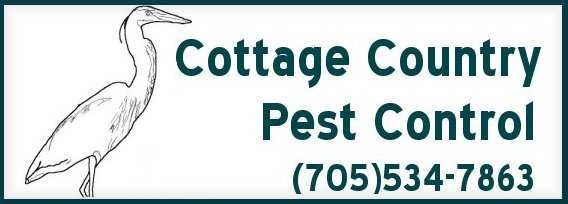So today's post is somewhat different than previous ones. Normally, I would post an article like this in the link round up, but seeing as how most of this article is about a topic that has already been written about, I thought I would change things up a bit today.
You can find the article here on the CityNews Toronto website and it's called "Bats, snakes among species in danger in Canada".
So the article talks about how with 10th anniversary of the federal Species At Risk Act approaching, dozens of animals and plants are now considered at-risk. One of the animals added to the list was the Massasuga rattle snake which can be found on the Georgian Bay Islands.
Also on the list of animals in danger is three species of bats. Now this is what we've written about before. If you've read our past blogs then you might have read the one entitled "White Nose Syndrome". If not, then go read it.
Anyway quick recap on White Nose Syndrome...It is a disease named for the distinctive fungal growth
around the muzzles and on the wings of hibernating bats. It is a poorly
understood disease that has been associated with the deaths of more than
5.5 million bats within North America. The first known case was in Schoharie County, New York cave back in 2006. It has since spread and as of 2010 has been found all over the United States and into Quebec, Ontario, Nova
Scotia and New Brunswick. The first known case in Ontario was in
March 2010. Since being discovered research has been done and in late 2011 it was
shown that the syndrome appears to be caused by a fungas called Geomyces destructans. Unfortunately, despite knowing the cause there is still no known treatment or means of prevention. There is way more information available here on the blog or you can Google it if you want.
So back to the article. The Committee on the Status of Endangered Wildlife in Canada released a report card about the species at risk. This committee basically issued a dire warning about the three species of bats (the species being little brown myotis, northern myotis and tri-coloured bats). These species have all declined by about 90 percent in Eastern Canada in the last two years because of White Nose Syndrome.
Graham Forbes, director of the New Brunswick Co-operative Fish and Wildlife Research Centre and professor at the University of New Brunswick was quoted in the article saying "There's virtually no bats left."
Overall there is now a total of 668 wildlife species listed--297 endangered, 159 threatened and 190 are of special concern. Twenty-two
species are considered extirpated, which means that they are no longer found in the wild.
There's a lot more to the article but it was specifically the bats and White Nose Syndrome I was interested in sharing. Make sure you go read the full article as it is an interesting read and it's not all bad news either. One species (The Salish sucker) was upgraded from endangered to threatened and the spotted, northern and Atlantic wolffish are all showing signs of recovery.
If you have any pest problems or you want to take some preventative measures for this winter against pests, give Cottage Country Pest Control a call at 705-534-7863 or email us.

No comments:
Post a Comment